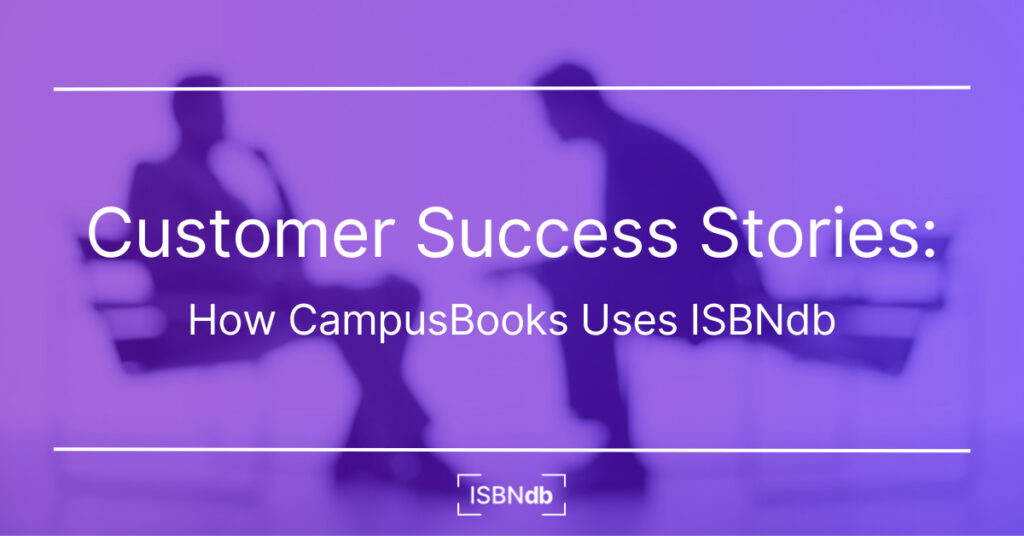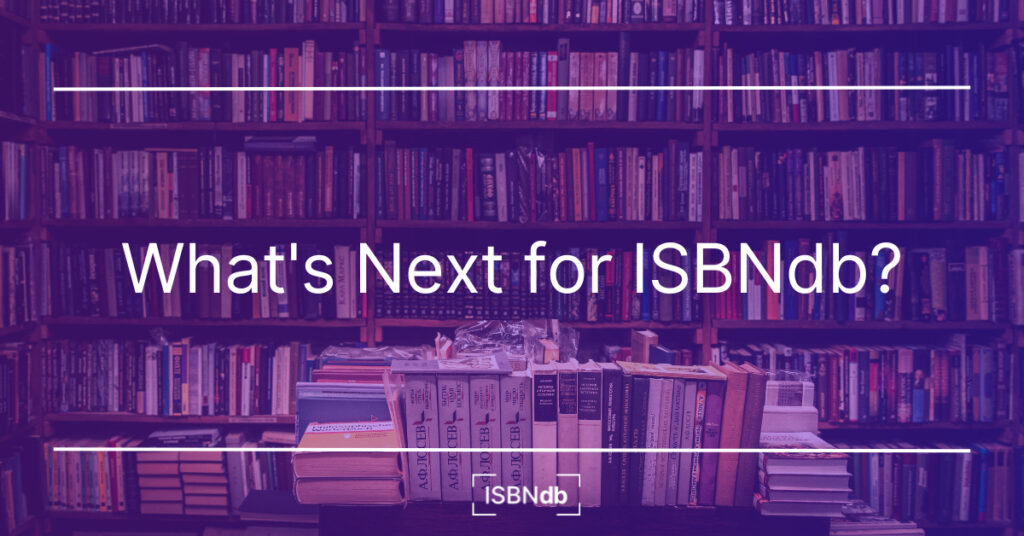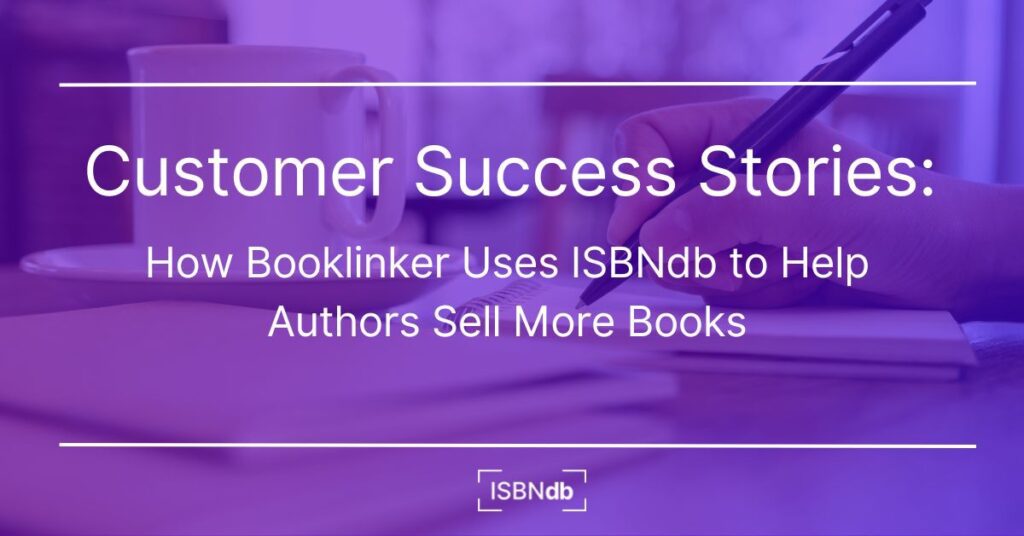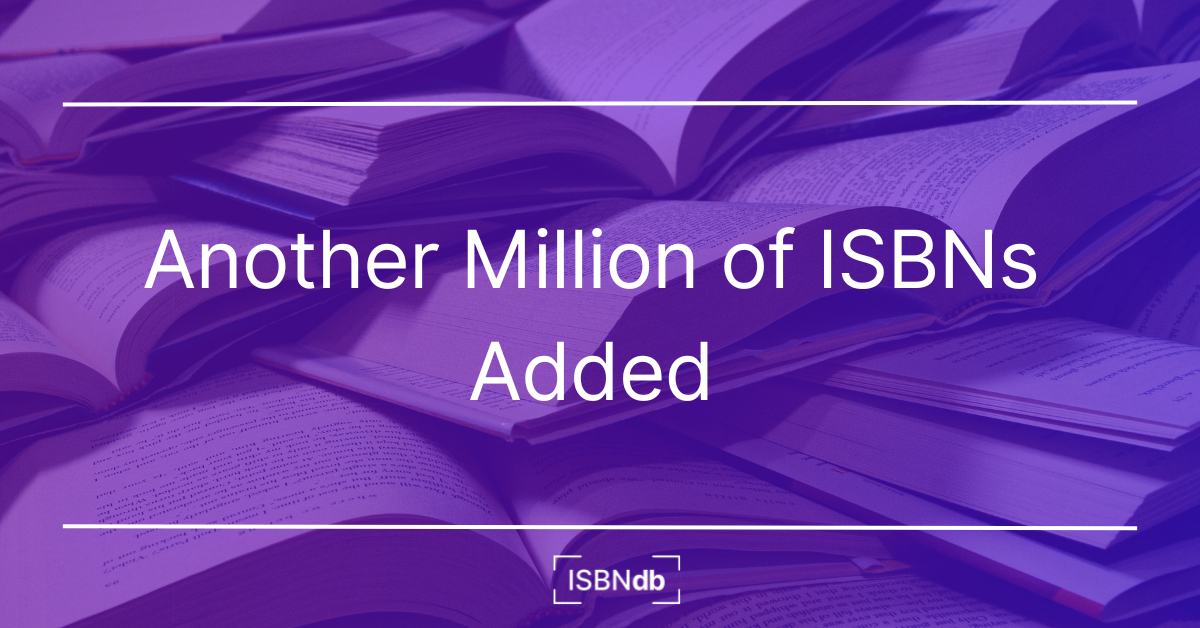
CampusBooks.com is a textbook price comparison site students use to search for textbooks across multiple online retailers.
We spoke with Alex Carter, CEO of CampusBooks, to learn more about the platform and how ISBNdb is being used in the product.

CampusBooks.com is a textbook price comparison site students use to search for textbooks across multiple online retailers.
We spoke with Alex Carter, CEO of CampusBooks, to learn more about the platform and how ISBNdb is being used in the product.

Living in the Information Age, we are accustomed to having answers to every question we could possibly have right at our fingertips. However, there are still questions that don’t have definitive answers and these are the ones that tend to drive us a bit crazy. For avid readers like us, one of these haunting questions is a simple one: how many books are in the world?
It’s a deceptively simple question. Sure, you could browse our ISBN database, which boasts a list of over 43 million unique ISBNs, which are used to classify books—but that would not be the correct answer.

We’d like to share with you our near-term plans.
As much as we love our old website, it’s quite dated. The old horse has worked hard, so its retirement is well-deserved.

At ISBNdb.com our aim is to provide the largest ISBN database possible for publishers, booksellers, software developers, libraries, educational institutions, and all other organizations involved in the book industry. It’s a great pleasure for us to find out about new interesting ways of the ISBNdb book database usage by our customers. Today we’re happy to share the Booklinker team story, introduced by Austin Tuwiner, the Growth Manager at Booklinker.

ISBNs, or International Standard Book Numbers, play an integral role in book identification and handling. Publishers, booksellers, software developers, libraries, educational institutions, and all other organizations from the book industry rely on ISBNs in their everyday work. Nowadays ISBNs are used in more than 150 countries worldwide.

ISBNdb now features over 34 million unique ISBNs in its collection. With its comprehensive and extensive database, ISBNdb caters to booksellers, book-related software development companies, libraries, educational institutions, and all other players in the book industry.

The International Standard Book Number (ISBN) was introduced in 1970 to provide a unique identifier for books. At the time, ISBNs consisted of 10 digits. The basic structure of the ISBN has remained the same over the years, although some changes have been made to accommodate the growing number of books being published.

We are used to searching by ISBN as the easiest way to find book data. However, ISBN is a relatively new book identification method, widely adopted in the 1970s.
When Johannes Gutenberg produced the first printed book in the fifteenth century, he probably wasn’t too concerned about book identification – his printed books never carried even his name or publishing date. That wasn’t a big deal because the book industry was in its infancy, and few books were published back in the day.

Voracious readers know that every book has one thing in common. No matter what genre, length, publisher, or art that adorns its cover, every book has an ISBN. That is, provided it was printed after 1970.
You’ve likely noticed a barcode with a serial number on the back of the book you’re reading. It’s easy to think that this is just for the cashier at your local bookstore to swipe, but it’s so much more than that—it’s an ISBN!

Publishers, booksellers, libraries, educational institutions, and all other organizations, which professionally work with books, need a reliable source of information to retrieve data about thousands or even millions of books. This is when bibliographic databases come in very handy.
Using the databases’ APIs, you can quickly get titles, authors, cover art, and a lot of other book data by ISBN. Book databases enable members of the book industry to operate more efficiently and better serve their customers.